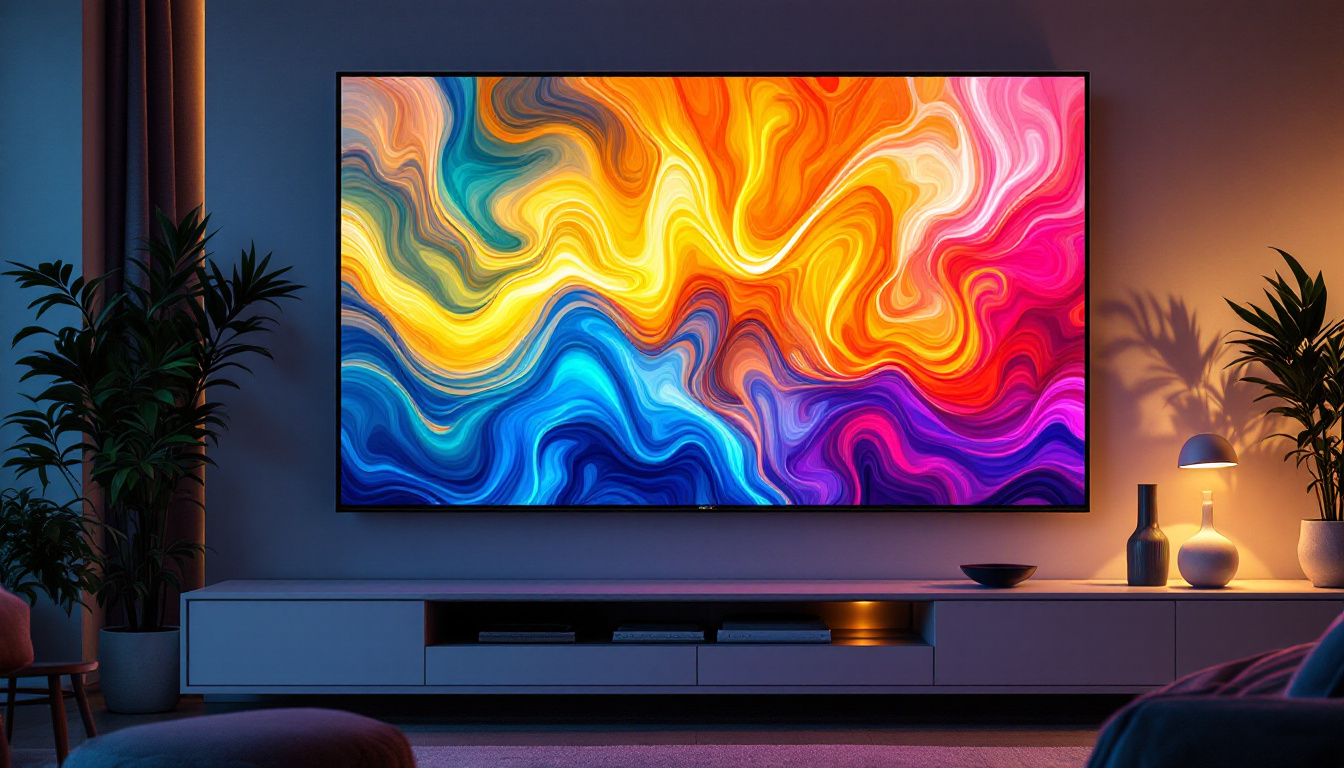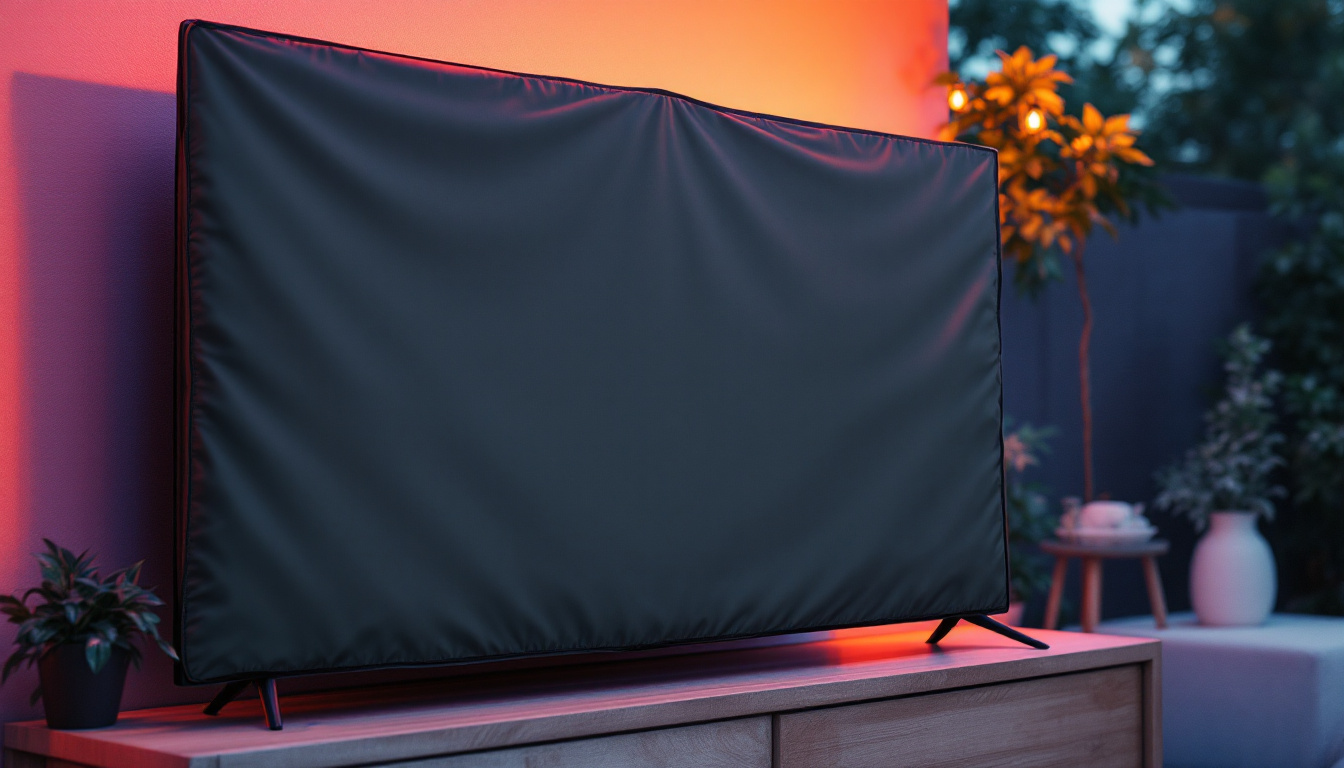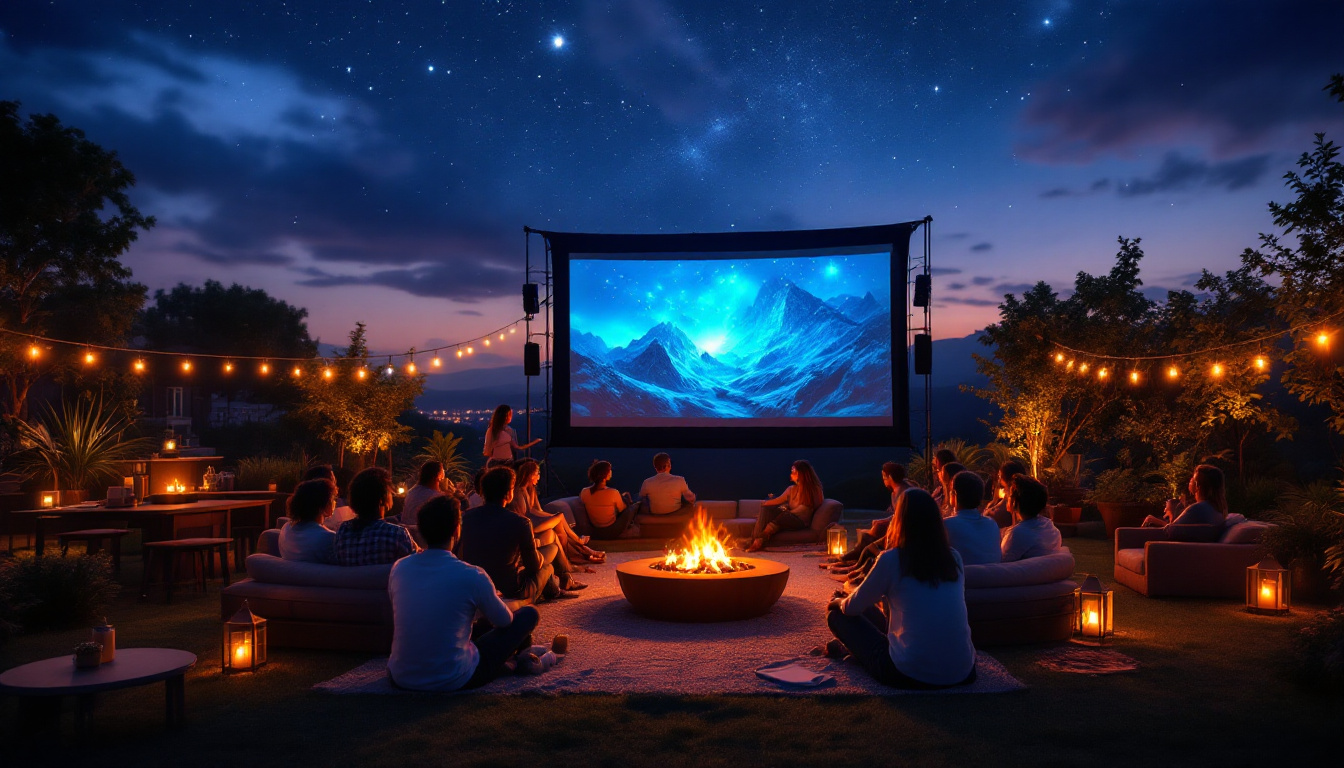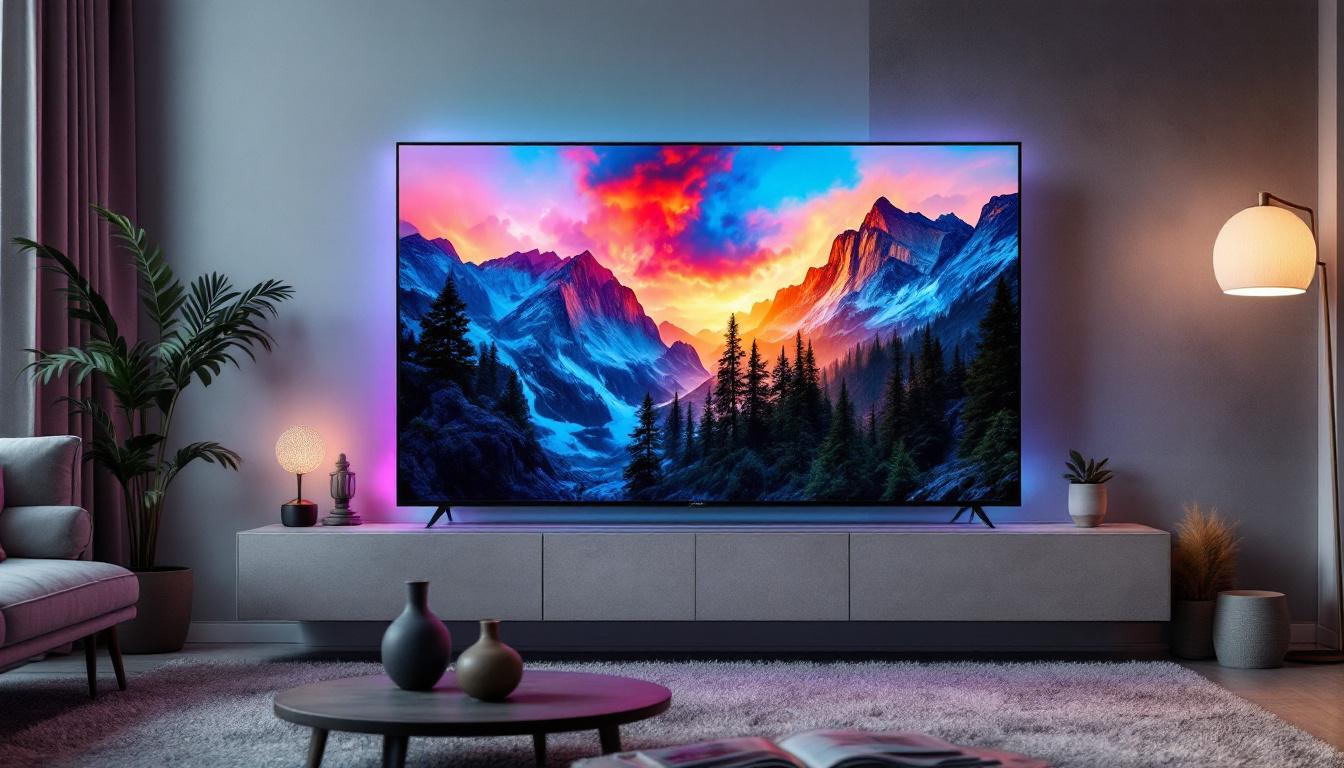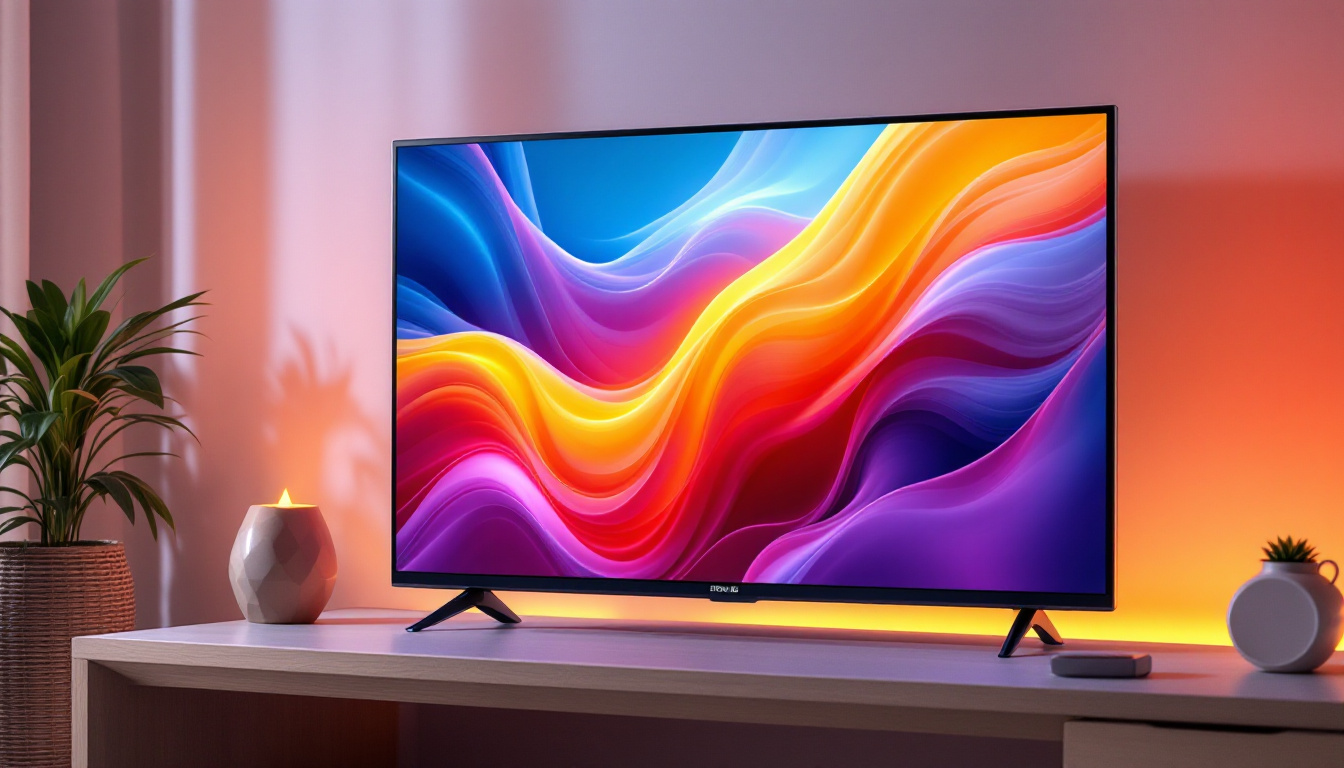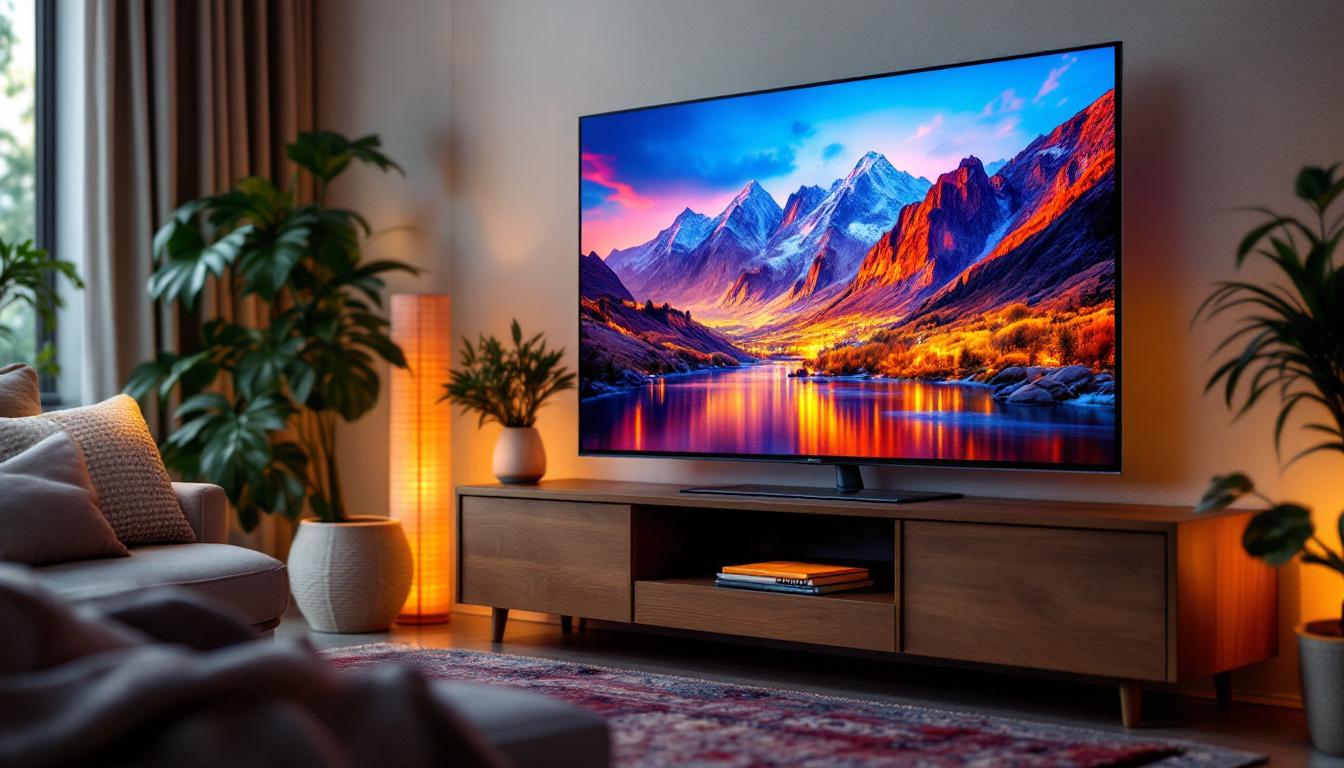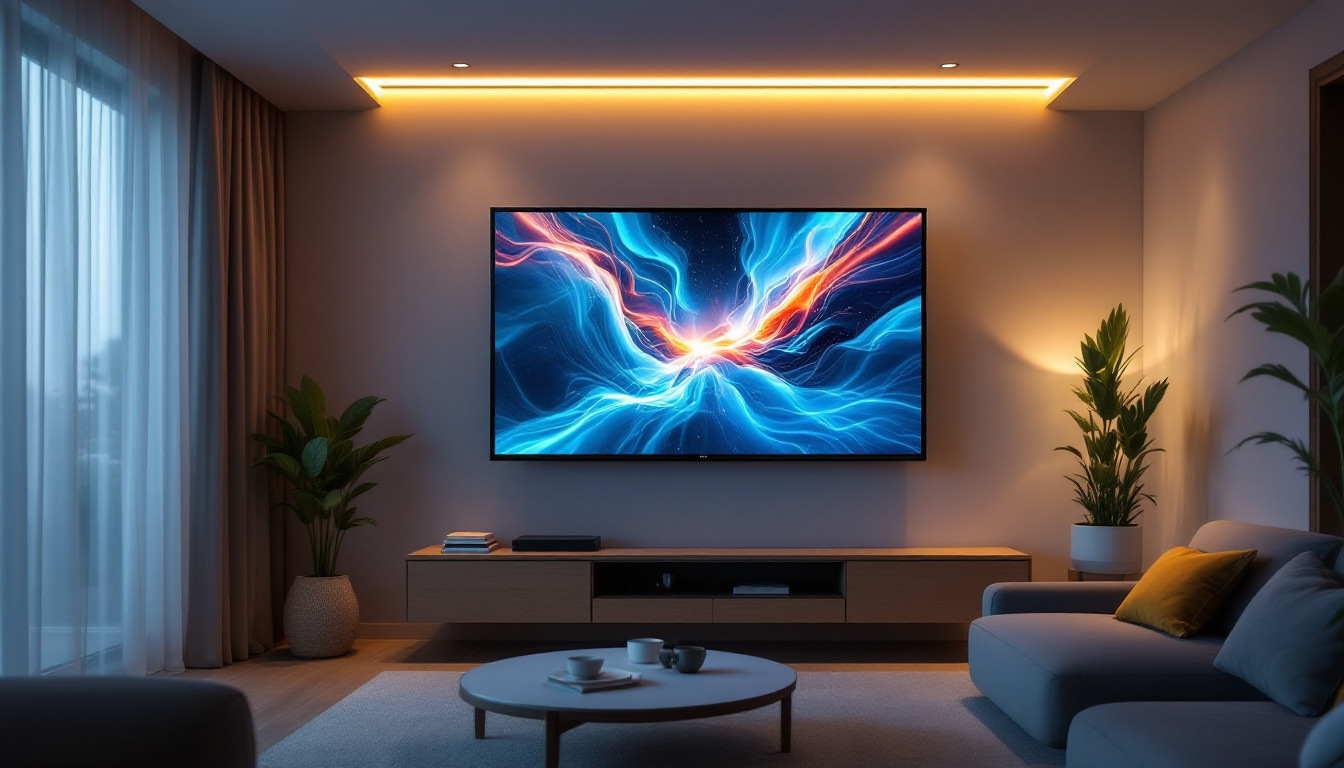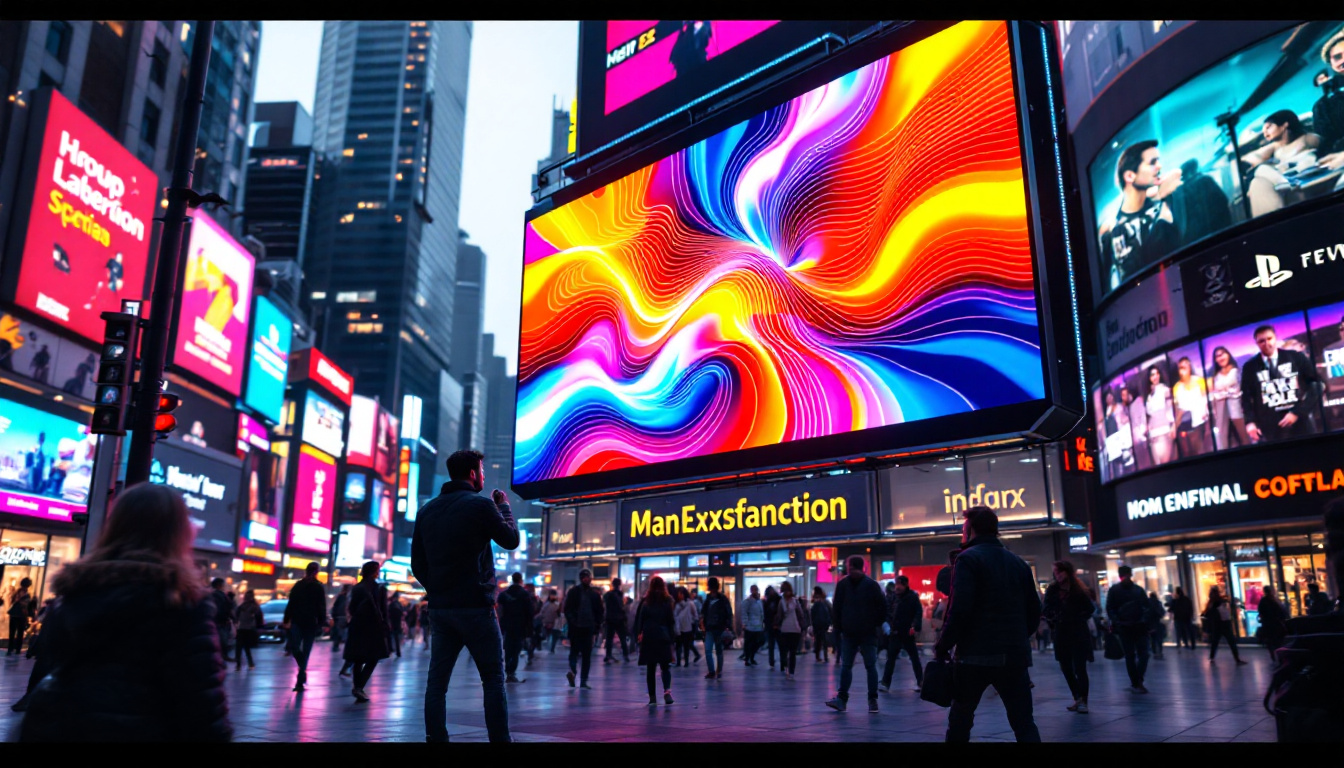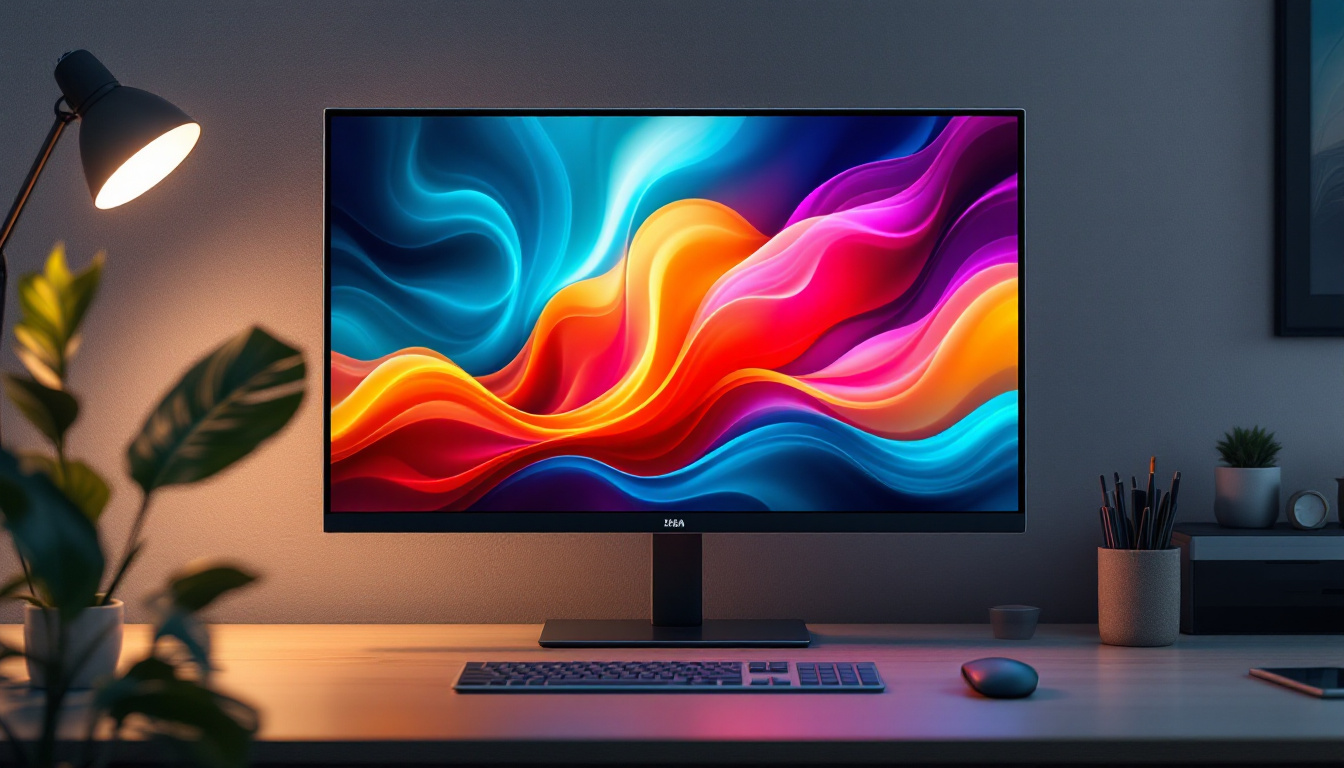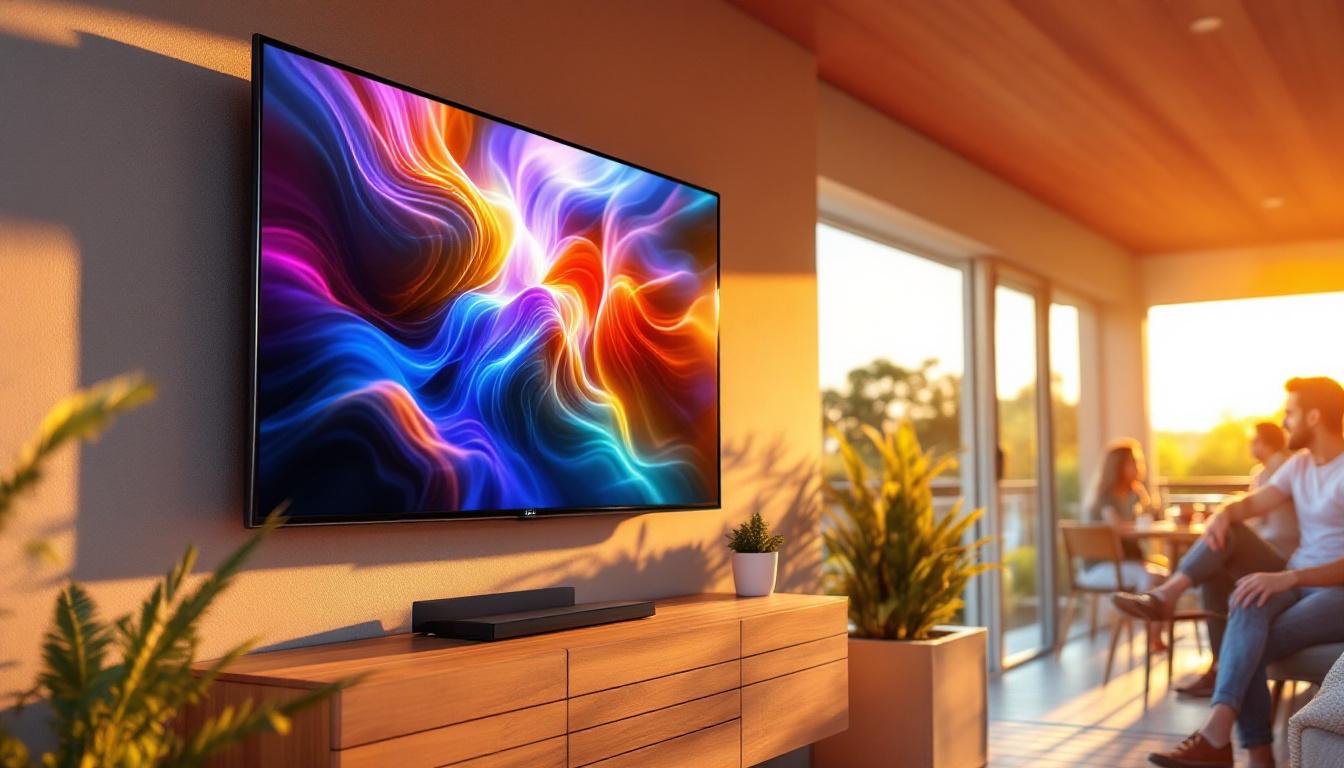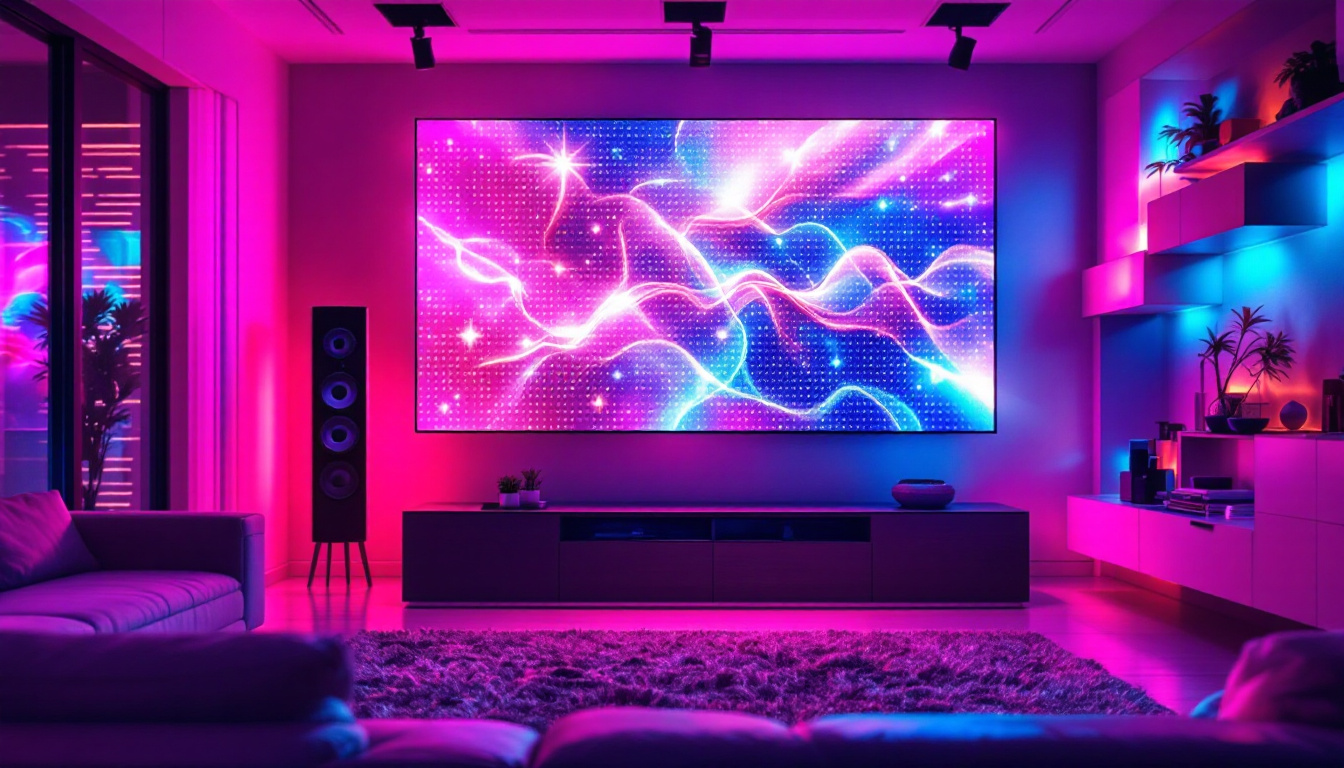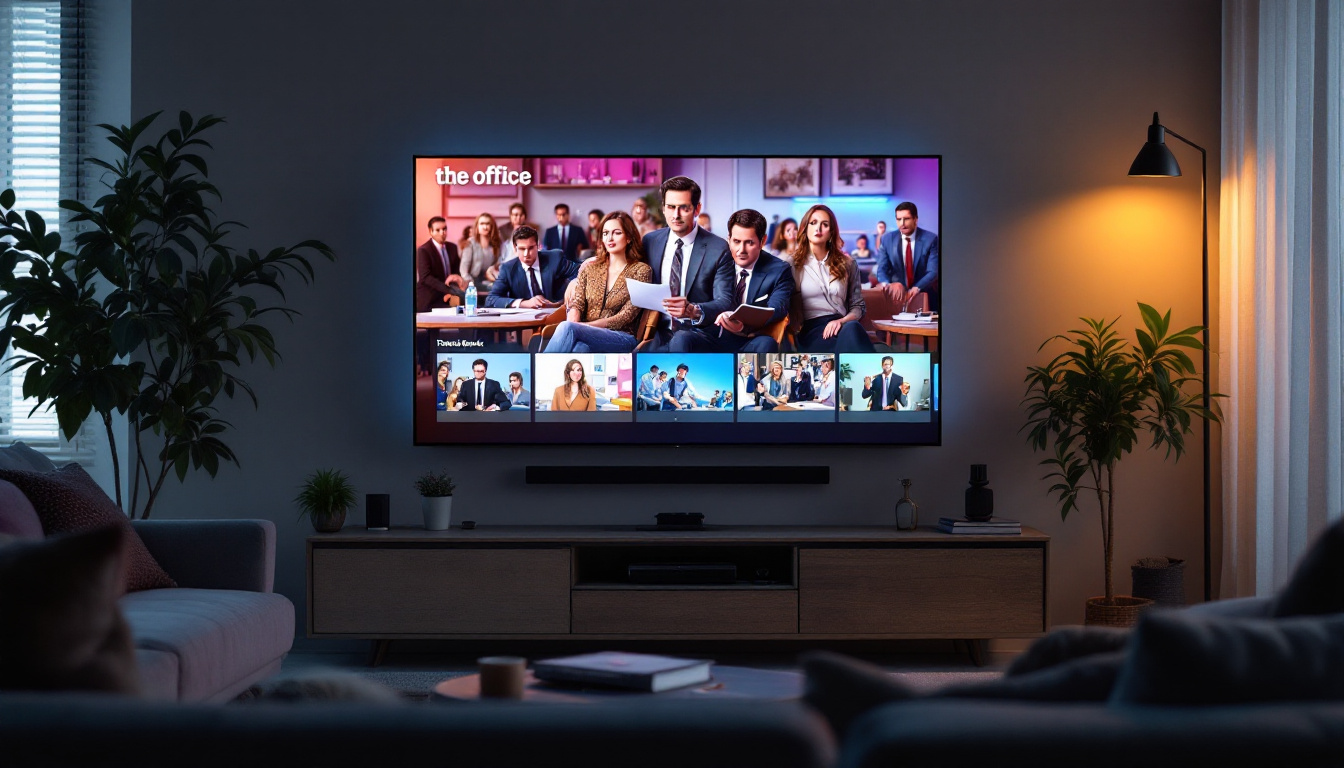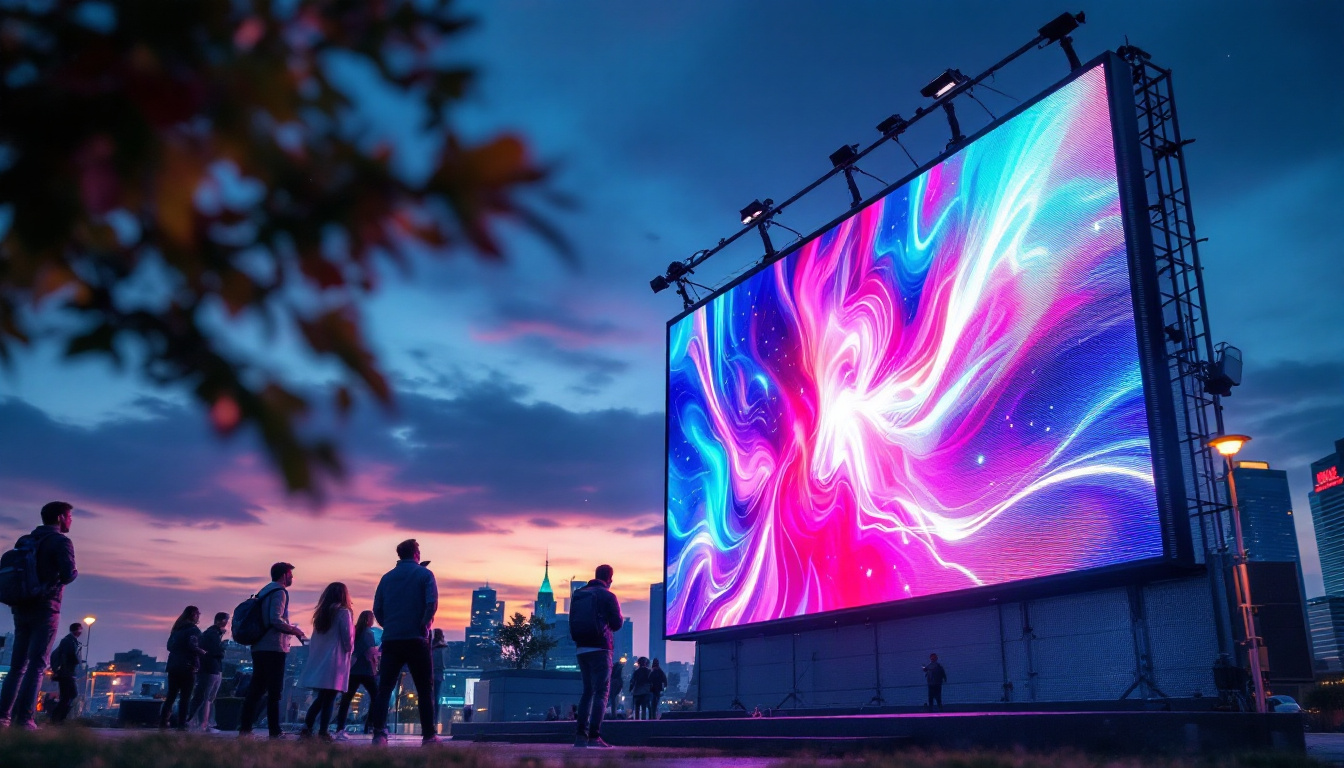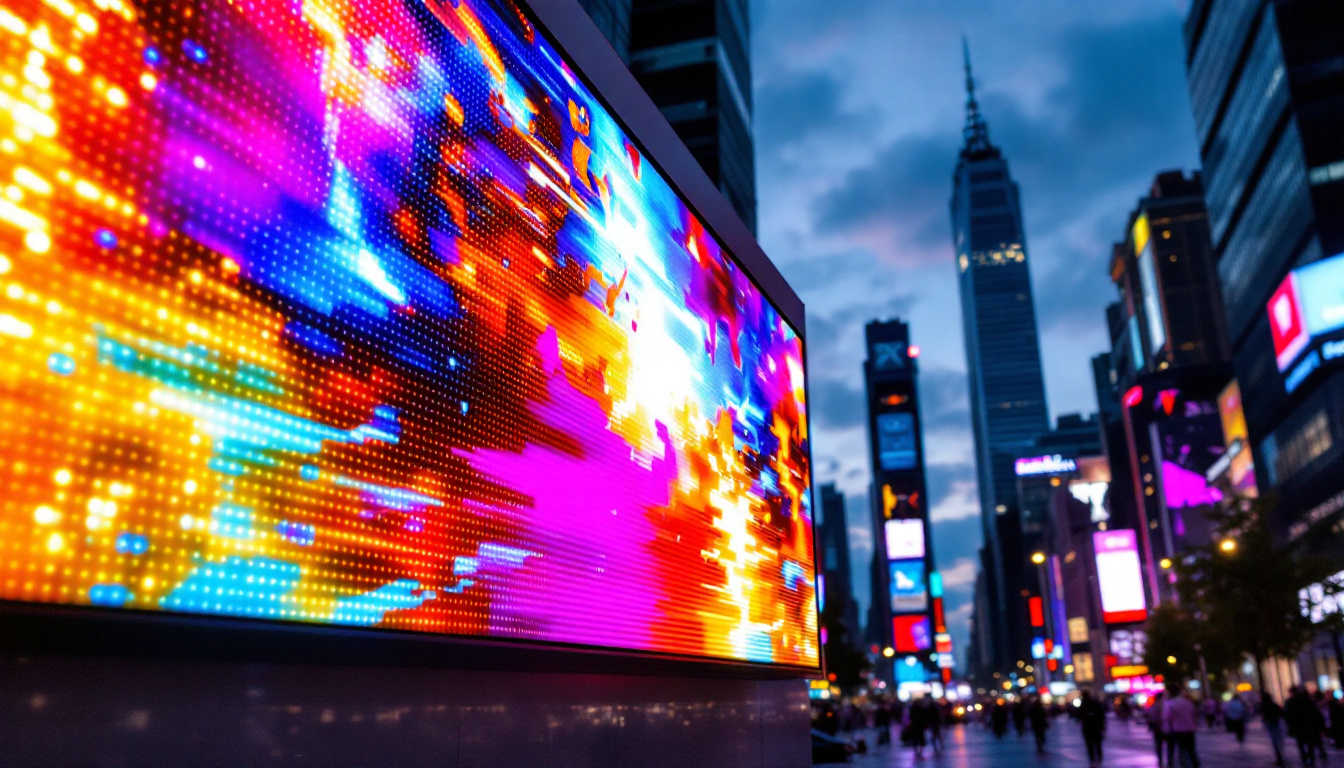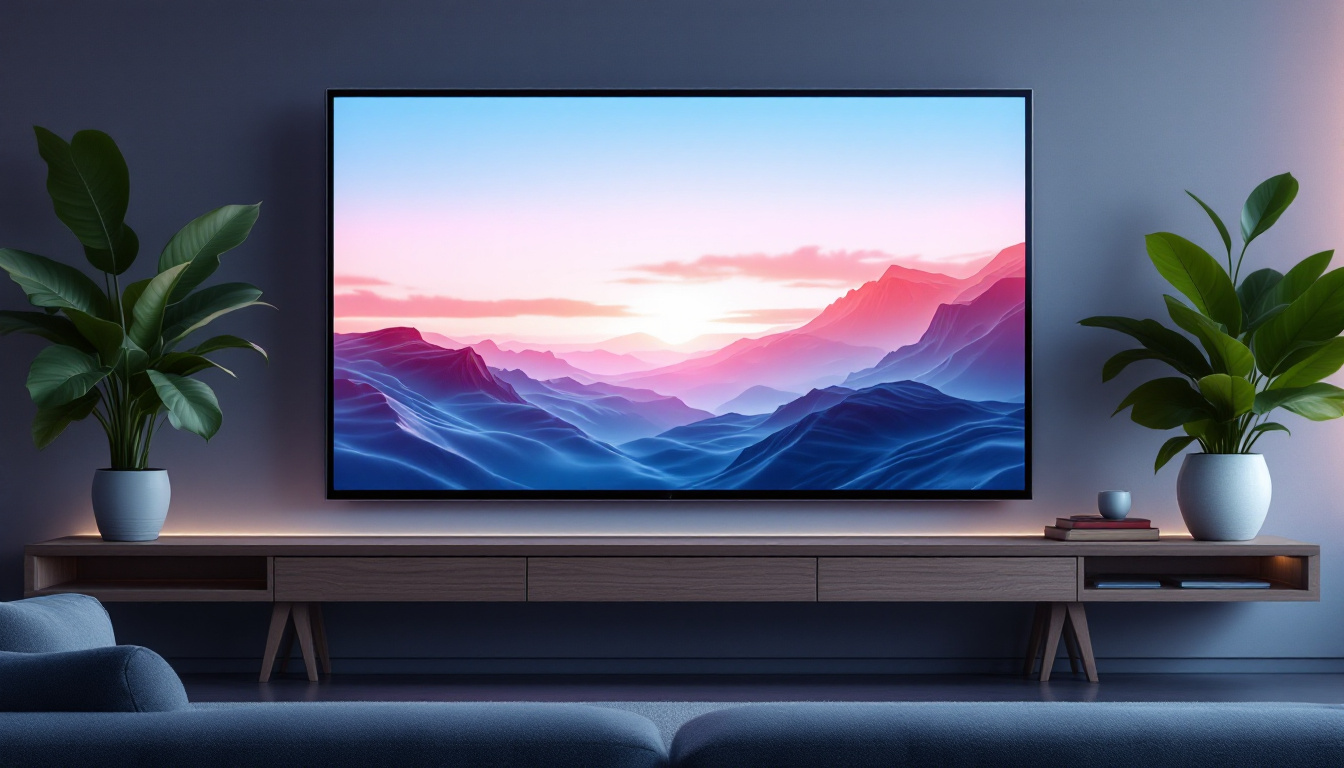In the world of modern television technology, LED displays have become a prominent choice for consumers seeking high-quality visual experiences. Understanding how LED TV panel displays work can enhance your viewing experience and help you make informed decisions when purchasing a new television. This article delves into the intricacies of LED display technology, its advantages, and the various types available in the market today.
What is an LED Display?
LED, or Light Emitting Diode, displays are a type of flat-panel display technology that utilizes LEDs as a light source. Unlike traditional LCD screens, which rely on fluorescent backlighting, LED displays provide enhanced brightness, contrast, and energy efficiency. The core principle behind LED technology is the use of tiny diodes that emit light when an electric current passes through them.
LED displays can be categorized into two primary types: edge-lit and backlit. Edge-lit displays have LEDs positioned along the edges of the screen, while backlit displays feature a grid of LEDs behind the panel. Each type has its own advantages and disadvantages, influencing the overall picture quality and viewing experience.
Edge-Lit vs. Backlit LED Displays
Edge-lit LED displays are typically thinner and lighter, making them a popular choice for wall-mounted televisions. However, they may not provide uniform brightness across the screen, leading to potential issues with color accuracy and contrast. On the other hand, backlit LED displays offer better picture quality, as they illuminate the entire screen evenly. This results in deeper blacks and more vibrant colors, although they tend to be bulkier and heavier.
The Role of Color in LED Displays
Color representation is a crucial aspect of any display technology. LED displays utilize a combination of red, green, and blue (RGB) diodes to create a full spectrum of colors. By adjusting the intensity of each diode, LED TVs can produce a wide range of hues and shades. This capability allows for more accurate and lifelike images, enhancing the overall viewing experience.
Advantages of LED Displays
LED displays have gained popularity for several reasons, making them a preferred choice among consumers and professionals alike. Here are some of the key advantages:
Energy Efficiency
One of the most significant benefits of LED technology is its energy efficiency. LED displays consume less power compared to traditional LCDs and plasma screens. This not only reduces electricity bills but also contributes to a lower carbon footprint, making LED TVs a more environmentally friendly option.
Improved Brightness and Contrast
LED displays are known for their superior brightness levels. This is particularly advantageous in well-lit environments, where traditional displays may struggle to deliver clear images. Additionally, the contrast ratios of LED TVs are often higher, resulting in deeper blacks and brighter whites. This contrast enhances the overall picture quality, providing a more immersive viewing experience.
Longevity and Durability
LED technology is inherently more durable than other display types. LEDs have a longer lifespan, often lasting up to 100,000 hours or more. This longevity means that consumers can enjoy their televisions for years without worrying about screen degradation or failure. Furthermore, LED displays are less susceptible to burn-in, a common issue with plasma screens.
Types of LED Displays
Within the realm of LED displays, several types cater to different needs and preferences. Understanding these variations can help consumers choose the right television for their viewing habits.
Standard LED TVs
Standard LED TVs are the most common type of LED display. They utilize either edge-lit or backlit technology and are available in various sizes and resolutions. These TVs are suitable for everyday viewing, providing a good balance of performance and affordability.
QLED and OLED Displays
QLED (Quantum Dot LED) and OLED (Organic Light Emitting Diode) displays represent the cutting edge of LED technology. QLED TVs use quantum dots to enhance color accuracy and brightness, while OLED displays feature individual pixels that emit their own light, resulting in exceptional contrast and color depth.
Both QLED and OLED displays offer superior picture quality compared to standard LED TVs, but they come at a higher price point. Consumers should weigh their budget against the desired picture quality when considering these advanced options.
Smart LED TVs
Smart LED TVs integrate internet connectivity and smart features, allowing users to stream content from various platforms directly on their televisions. These TVs often come equipped with built-in apps, voice control, and compatibility with smart home devices. As streaming services continue to rise in popularity, smart LED TVs have become increasingly sought after.
Understanding LED Display Specifications
When shopping for an LED TV, it’s essential to understand the specifications that can impact performance and viewing experience. Key specifications include resolution, refresh rate, and contrast ratio.
Resolution
Resolution refers to the number of pixels that make up the image on the screen. Common resolutions include Full HD (1920×1080), 4K Ultra HD (3840×2160), and 8K Ultra HD (7680×4320). Higher resolutions provide more detail and clarity, making them ideal for larger screens and close viewing distances.
Refresh Rate
The refresh rate, measured in hertz (Hz), indicates how many times per second the image on the screen is refreshed. A higher refresh rate results in smoother motion, which is particularly beneficial for fast-paced content such as sports or action movies. Common refresh rates include 60Hz, 120Hz, and even 240Hz in some high-end models.
Contrast Ratio
The contrast ratio measures the difference between the darkest black and the brightest white that a display can produce. A higher contrast ratio typically indicates better picture quality, as it allows for more detail in both dark and bright scenes. Look for TVs with high contrast ratios for an enhanced viewing experience.
Choosing the Right LED TV for Your Needs
Selecting the ideal LED TV involves considering various factors, including viewing habits, room size, and budget. Here are some tips to guide your decision-making process.
Assess Your Viewing Environment
The environment in which the TV will be placed plays a significant role in determining the best type of display. For bright rooms, a TV with higher brightness levels and better anti-reflective coatings is essential. Conversely, for darker rooms, a display with superior contrast and deep blacks will enhance the viewing experience.
Consider Screen Size
Screen size is another critical factor. Larger screens can provide a more immersive experience, but they should be chosen based on the distance from the viewing position. A general rule of thumb is to sit at a distance of 1.5 to 2.5 times the diagonal size of the screen for optimal viewing.
Set a Budget
LED TVs come in a wide range of prices, so it’s essential to establish a budget before shopping. While higher-end models offer advanced features and superior picture quality, there are plenty of mid-range options that provide excellent performance without breaking the bank. Determine what features are most important to you and find a model that fits within your budget.
Maintenance and Care for LED Displays
Proper maintenance can extend the life of an LED TV and ensure optimal performance. Here are some tips for caring for your display.
Cleaning the Screen
To clean the screen, use a microfiber cloth and a gentle cleaning solution specifically designed for electronics. Avoid using paper towels or abrasive materials, as they can scratch the surface. It’s best to turn off the TV and let it cool down before cleaning to prevent damage.
Managing Brightness Levels
Adjusting the brightness levels based on the viewing environment can help reduce eye strain and prolong the lifespan of the display. In darker rooms, lower brightness settings can improve contrast, while brighter settings may be necessary in well-lit areas.
Regular Software Updates
For smart LED TVs, keeping the software up to date is crucial for performance and security. Manufacturers often release updates that enhance functionality and fix bugs. Regularly check for updates to ensure your TV operates smoothly.
The Future of LED Display Technology
The landscape of LED display technology continues to evolve, with advancements promising even better performance and features. Emerging technologies such as MicroLED and MiniLED are set to revolutionize the industry.
MicroLED Technology
MicroLED technology utilizes microscopic LEDs to create individual pixels, offering exceptional brightness, contrast, and color accuracy. This technology eliminates the need for backlighting, resulting in thinner and more flexible displays. MicroLED TVs are expected to provide a premium viewing experience, although they may come at a higher cost.
MiniLED Technology
MiniLED technology is an enhancement of traditional LED displays, utilizing smaller LEDs for backlighting. This allows for more precise control over local dimming zones, improving contrast and reducing blooming effects. MiniLED displays are becoming increasingly popular in high-end televisions, offering a middle ground between standard LED and OLED technology.
Integration with AI and Smart Features
As smart technology continues to advance, LED displays are expected to integrate more seamlessly with artificial intelligence and smart home systems. Enhanced voice control, personalized viewing recommendations, and improved connectivity options are just a few of the features that consumers can look forward to in the future.
Conclusion
LED TV panel displays have transformed the way audiences experience visual content. With their energy efficiency, superior brightness, and diverse range of options, LED displays cater to various preferences and viewing environments. Understanding the technology behind LED displays, along with their advantages and types, can empower consumers to make informed choices when selecting a television.
As technology continues to advance, the future of LED displays looks promising, with innovations set to enhance picture quality and user experience further. Whether for casual viewing or immersive entertainment, LED TVs remain a top choice for consumers seeking high-quality displays.
Discover LumenMatrix’s Innovative LED Display Solutions
Ready to elevate your visual experience with the latest in LED display technology? Look no further than LumenMatrix, a pioneer in crafting LED display modules that bring your content to life. Whether you need an Indoor LED Wall Display for your business, an Outdoor LED Wall Display for advertising, or any of our other dynamic solutions like Vehicle LED Displays, LED Sports Displays, or Custom LED Displays, LumenMatrix has you covered. Embrace the future of visual communication and check out LumenMatrix LED Display Solutions today to see how we can help you make a lasting impression and communicate your message with unparalleled impact.

